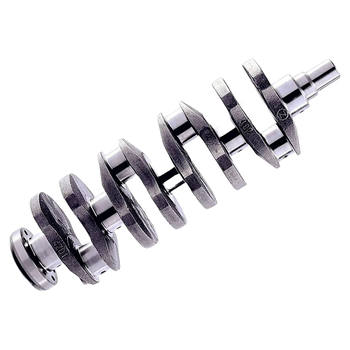The Role of the Crankshaft in Engine Performance
To be honest, the crankshaft might not be the first component that comes to mind when you think about engine performance. But as it turns out, it plays a crucial role in converting linear piston motion into rotational force. Throughout history, crankshaft design has evolved significantly, leading to more powerful and efficient engines.
The Dawn of Classic Engine Designs
In the early days of internal combustion engines, crankshafts were made from cast iron or steel forgings. These materials were readily available and easy to work with, but they had their limitations. Classic crankshafts were often heavy and prone to failure under high stress conditions.
Innovations in Materials and Manufacturing
As engine technology advanced, so too did crankshaft design. One major breakthrough was the development of new materials, such as high-strength steel alloys and nodular iron. These materials offered improved strength-to-weight ratios, allowing for lighter and more durable crankshafts.
The Impact of Computer-Aided Design (CAD) and Finite Element Analysis (FEA)
Interestingly enough, advances in computer technology have also played a significant role in the evolution of crankshaft design. Computer-aided design (CAD) software enables engineers to create highly detailed 3D models of crankshafts, while finite element analysis (FEA) simulates real-world stress conditions to identify potential weak points.
Modern Crankshaft Technology
Today's crankshafts are true marvels of engineering, featuring complex geometries and advanced materials like titanium and carbon fiber. These modern powerhouses offer unparalleled strength, rigidity, and weight savings, which directly translate into improved engine performance and fuel efficiency.
Crankshaft Balancing: A Key Consideration
An often-overlooked aspect of crankshaft design is balancing. In order to minimize vibrations and ensure smooth operation, crankshafts must be precision-balanced. This process involves adding or removing material from specific locations on the crankshaft to achieve optimal mass distribution.
Practical Applications and Tips
Now that we've explored the evolution of crankshaft design, let's discuss some practical applications and tips:
The Future of Crankshaft Design
As engine technology continues to advance, we can expect further innovations in crankshaft design. From cutting-edge materials to advanced manufacturing techniques, the possibilities are endless. So, the next time you're admiring a high-performance engine, take a moment to appreciate the humble yet essential crankshaft at its heart.




